Great memories in the wilderness are made with preparation & safe decisions.
A Cautionary Tale.
Wilderness by its very nature, has inherent risks. Safety is YOUR responsibility.”
National Park Service
Before you go
Always tell someone where you are going and when you plan on returning. Stick to your itinerary.
Pack accordingly. Learn about your destination before you go and select appropriate clothing and equipment.
Know your limitations and choose a trail that matches the skill level of your entire party.
On the trail
Track your location with a compass and/or map. If it doesn’t feel right, turn back.
If you become lost stay calm and think through the situation. Stay put—you will be found sooner. Stay warm and dry. If you are tempted to follow a river or creek, remember that these are often the most dangerous routes in the Olympics. Create a signal visible from the air. Lay out brightly-colored clothing in a forest clearing. Use a signal mirror. (National Park Service)
Never attempt an unsafe water crossing. Trust your intuition when things feel unsafe.
Stick together. It’s always safer to hike with a companion. Do not rely on cell service. If you get hurt, your friend will be able to save your life.
View wildlife from a distance. Never feed them. Be sensitive to animals’ natural habitat – be wary of mating animals and those protecting young.
If you meet others on the trail be sensitive to Social Distancing protocols. Allow 6+’ and always wear a face covering when interacting.
Leash your pets if they are permitted on the trail.
Always – follow Woodsy Owl’s advise — “Give a Hoot – Don’t Pollute!” – Definitely, if you pack it in, pack it out. And be a trailside hero, if you see litter, please help out and pick it up.
Hydrate. Drink plenty of water!
Dehydration can occur no matter what the weather, so always drink plenty of water. Heat exhaustion can be brought on by warm weather, exertion and dehydration. Symptoms are hot, red, moist skin and fatigue, frequently accompanied by a headache. When the weather is warm, take frequent short breaks in the shade, and drink plenty of water. If your urine is dark yellow, you need to drink more water. Failure to observe and treat the signs of heat exhaustion can lead to heat stroke, an extremely serious condition. (National Park Service)
Reaching the Falls
Waterfalls are the most beautiful when the forces of nature are the most powerful. Here are a few tips that are worth reminding everyone in your party.
Respect of the forces that caused those magnificent sights. Never underestimate the destructive power and strength of flowing water – especially after a rain fall or snow melt.
Water makes everything slippery. Don’t get swept away by the view (literally) and always pay keen attention to your footings and surroundings.
It may be warm after the walk but the water is coming from some icy mountains. Remember hypothermia can happen quick!
Prevent hypothermia by wearing wool or synthetic layers (NOT cotton!), a cap and rain gear. Hypothermia (depressed body temperature) is the number one killer in the outdoors. It can occur quickly or more slowly from long exposure to cold, rain and wind. You can even get hypothermia in temperatures as high as 50 degrees F! Early signs of the condition are hard to detect, so when it is wet and cold, watch for these symptoms in your party: poor judgment, lethargy, shivering, clumsiness. (National Park Service)









